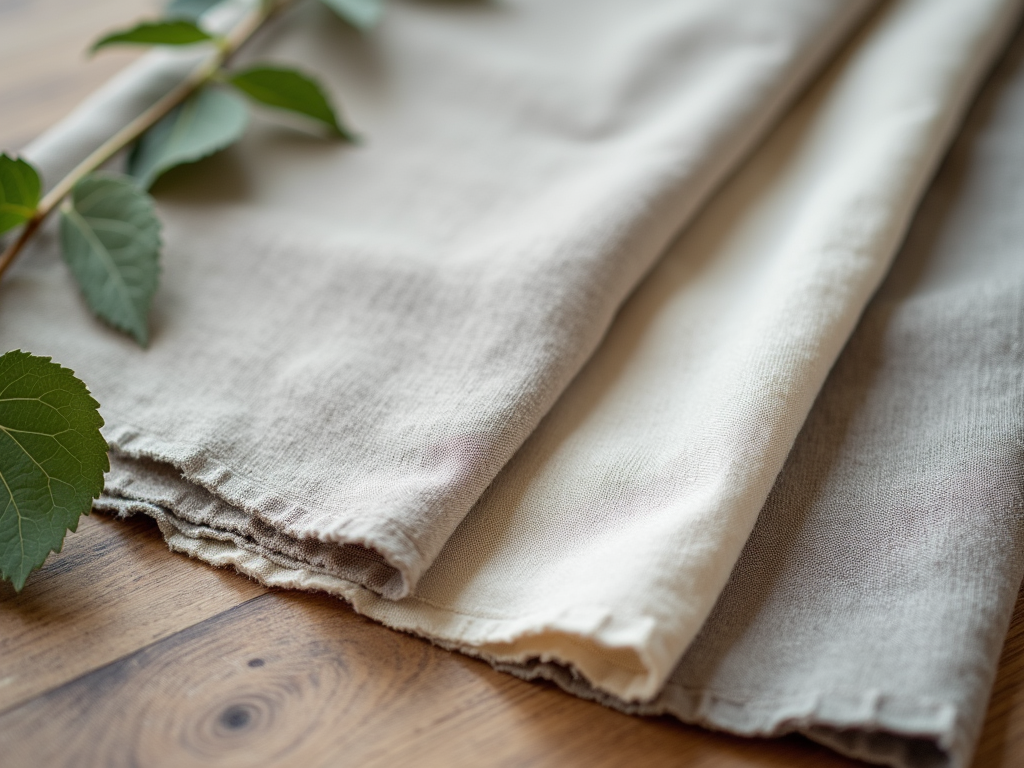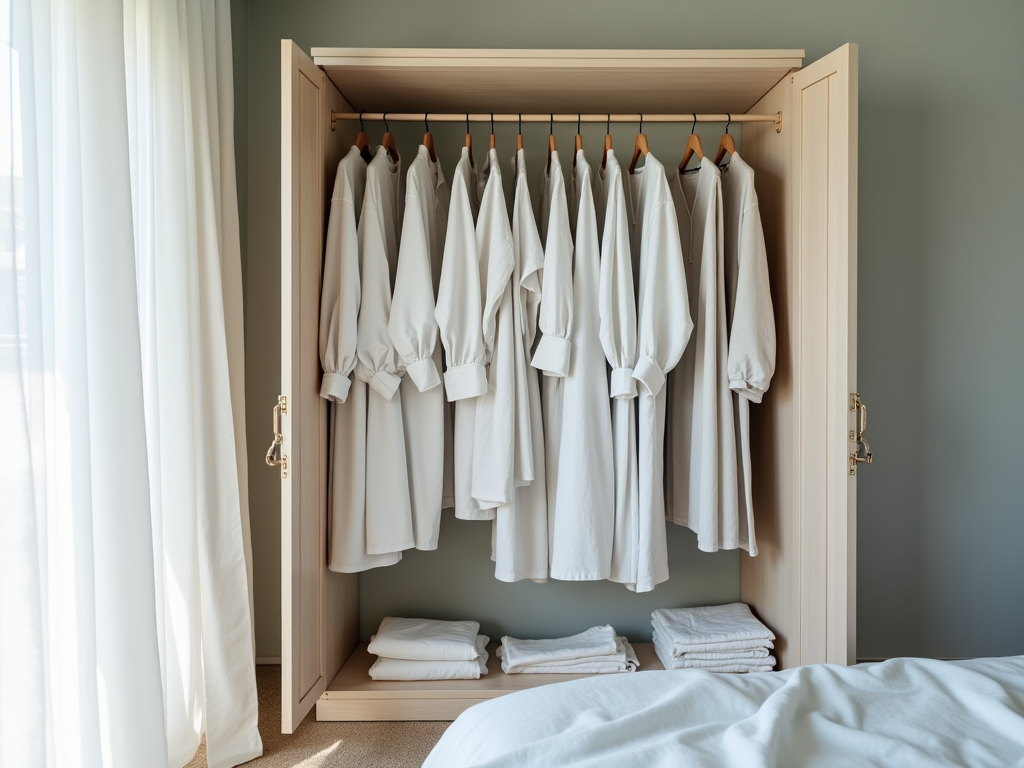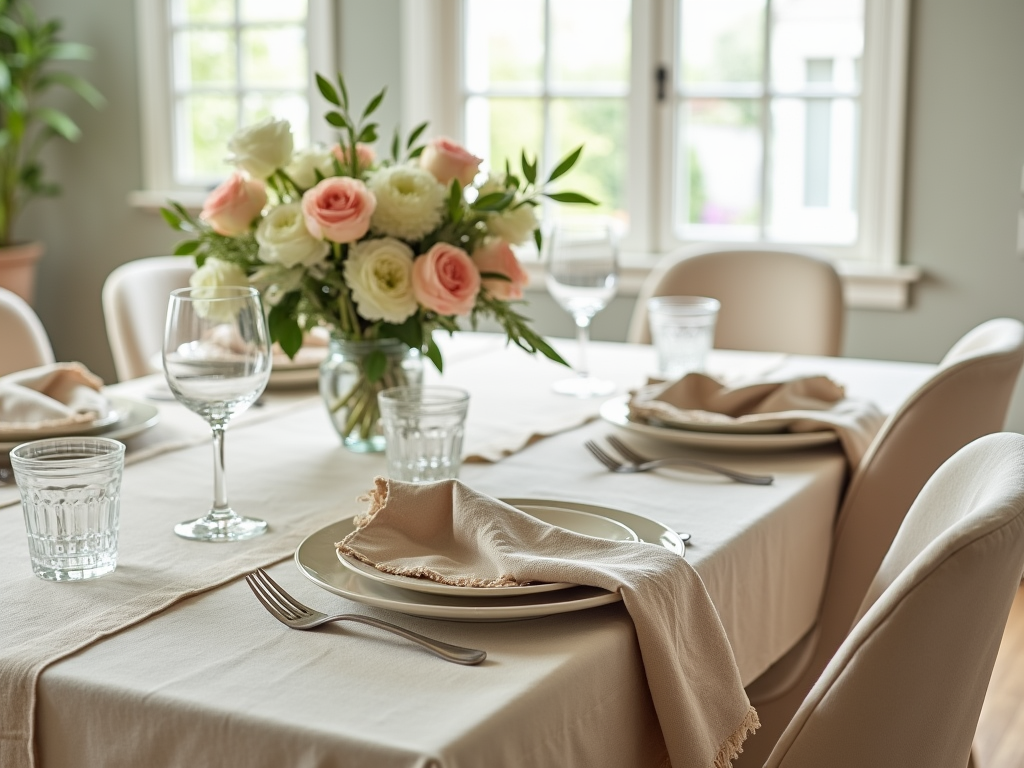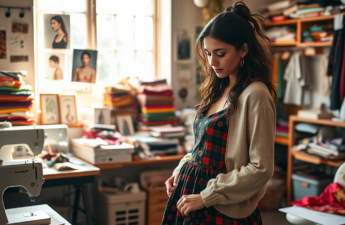Linen is a timeless fabric known for its breathability, durability, and unique texture. When it comes to choosing the best type of linen for your specific needs, factors such as weight, weave, and finish will play an essential role. Pure linen is made from the flax plant and can vary significantly in quality and style. This article aims to explore the various types of linen fabrics available and help you determine which one suits your requirements the best.
Understanding Different Types of Linen Fabric

Not all linen fabrics are created equal; they differ in terms of texture, weave, and purpose. Understanding these variations is crucial for making an informed decision. Here are the most common types of linen fabric you might encounter:
- Pure Linen: Made from 100% flax fiber, this is the highest quality linen, known for its softness and durability.
- Blend Linen: Combining linen with other fibers like cotton or polyester can enhance its properties, making it easier to care for.
- Jute Linen: A coarser option, jute linen is often used in home décor and furniture upholstery.
- Ramie Linen: This blend adds some luster and strength but may lack the softness of pure linen.
- Softened Linen: This type can undergo special processes to make it even softer and more luxurious against the skin.
Weight and Texture: The Key Considerations

The weight and texture of linen fabric greatly affect its usability. Heavier weights are ideal for structured garments and home textiles, while lighter weights are perfect for breezy summer outfits. When selecting linen fabric, consider the following:
- Lightweight Linen: Perfect for summer clothing, this type is incredibly breathable and comfortable for warm weather.
- Midweight Linen: This versatile option can be used for dresses, skirts, or home textiles like tablecloths.
- Heavyweight Linen: More durable and structured, ideal for curtains, upholstery, and other applications requiring a sturdier fabric.
Your personal preferences regarding texture will also affect your choice. Some may prefer a crisp feel, while others might opt for softer, more drapable fabrics.
Weave Patterns: Selecting the Right Style
The weave pattern can dramatically affect the appearance and functionality of the linen fabric. The most common weave types are plain, twill, and herringbone, each offering different looks and functionalities:
- Plain Weave: Offers a simple and classic look, suitable for a variety of applications, from clothing to table linens.
- Twill Weave: Known for its diagonal pattern, this weave provides a unique texture and enhanced durability.
- Herringbone Weave: This intricate pattern adds sophistication and is perfect for high-end fashion and interior décor.
When choosing the weave, consider the intended use. For more formal settings, a herringbone weave may be best, while everyday use could benefit from a more straightforward plain weave that is easy to care for.
Considerations for Care and Maintenance
Caring for linen can be straightforward, but it does require some attention. Linen is known for being durable, yet improper care can affect its appearance and longevity. Here are some tips for maintaining your linen fabric:
- Washing: Use cool water and a gentle cycle when machine washing. Handwashing is also a great option for delicate items.
- Drying: Air drying is recommended to prevent shrinkage. If using a dryer, opt for a low-heat setting.
- Ironing: Iron linen while it’s slightly damp for best results. Use a medium heat setting and steam to remove wrinkles effectively.
- Storing: Store linen items in a cool, dry place to avoid mildew, and if possible, fold rather than hang to maintain shape.
- Spot Cleaning: For small stains, treat them promptly using a mild detergent and a damp cloth.
Conclusion
Choosing the right linen fabric largely depends on your needs in terms of texture, weight, weave, and care. From pure linen to blended options, each type has its own advantages, making it essential to consider what you will use it for. Lightweight linens are great for summer attire, while heavier options serve well for items that require more structure. By paying attention to the details of weave patterns and maintenance requirements, you can make a well-informed decision that will serve you for years to come.
Frequently Asked Questions
1. Is linen fabric suitable for sensitive skin?
Yes, linen is hypoallergenic and often recommended for those with sensitive skin due to its natural fibers and breathability.
2. Can linen be machine washed?
Yes, linen is machine washable, but it’s advisable to use a gentle cycle and cool water to protect its quality.
3. Does linen wrinkle easily?
Yes, linen does wrinkle; however, many people appreciate its casual, natural look. Regular ironing can keep it looking crisp.
4. What is the lifespan of linen fabric?
With proper care, linen can last a lifetime, making it a sustainable fabric choice.
5. Can linen be dyed?
Yes, linen can be dyed, and it tends to absorb colors well, resulting in rich and vibrant hues.



